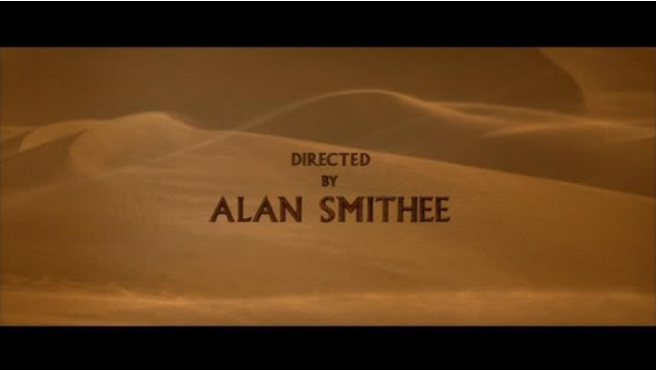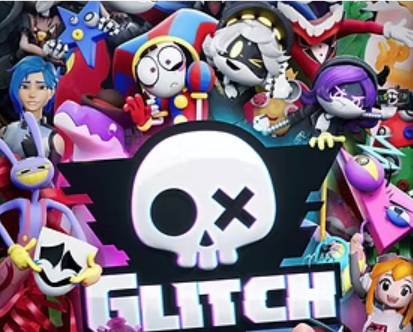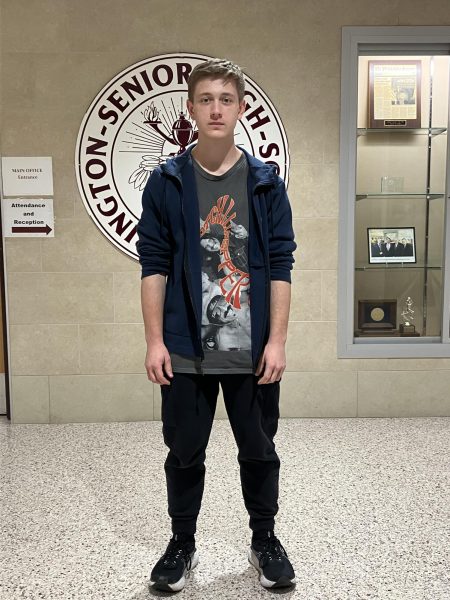Having an imaginary friend during childhood is very common. In fact, around 65% of people had an imaginary friend at some point in their childhood. However, many people, including yourself, probably knew they weren’t real. But what if you made an imaginary person today that people believed in? What if that imaginary person started getting talked about, written about, and even became famous? Whether they’re pseudonyms, alter egos, or just pranks, people have managed to create characters that just simply, aren’t real. These are some of my favorite examples of fake personas that unbeknownst to a lot of people, were completely fabricated.
Allegra Coleman
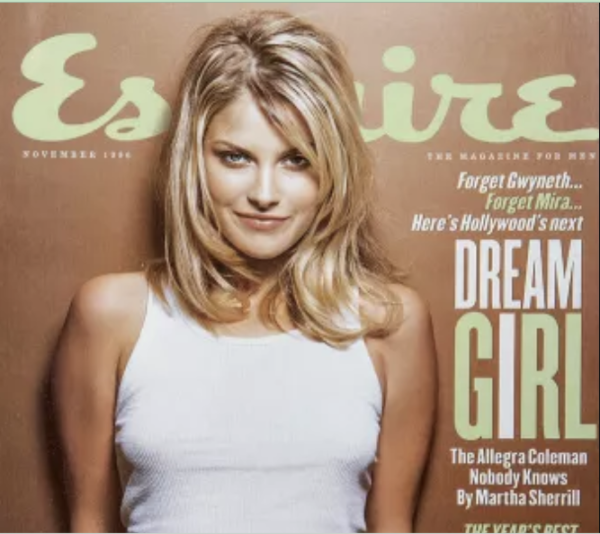
In 1996, Martha Sherril decided to play a prank on the entertainment industry by creating a fictional up and coming star in Esquire magazine. Using photos of real-life model Ali Larter, Sherril created the character of Allegra Coleman, described as “Hollywood’s next dream girl”. She published an article about Coleman including many details about her life and career, such as her appearance in TV series like Cliffhanger and Melrose Place, her turbulent relationship with David Schwimmer, the fact that she was the daughter of actress Kay Garland, and even a paparazzi scandal. Despite the article giving numerous hints that Coleman wasn’t real, agents from numerous entertainment companies scrambled to hire her, only to find that she would not be in Hollywood anytime soon. After people realized the hoax, Ali Larter, who wasn’t very well known at the time, eventually started getting offers instead, getting big roles in movies like Legally Blonde and Final Destination.
Taro Tsujimoto
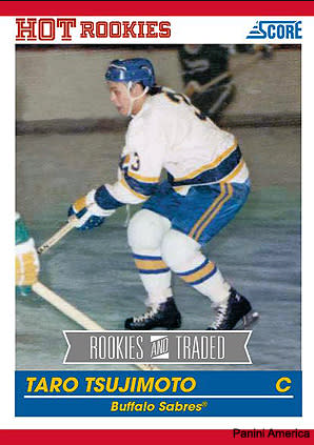
One of the most important parts of professional sports is the draft picks. Decisions during this period can make or break a team for their upcoming season, but despite all the buzz around it, the process can be quite tedious. In the NHL specifically, there are 7 rounds of picks, 31 picks per round, a lottery, trades between teams after each round, and much more. The draft was made even longer in 1974 by many picks and trades being made over private phone calls instead of every manager being there in person, and Buffalo Sabres manager, Punch Imlach, was fed up with the boredom. This led him to try and have a little fun in the later draft rounds, and create a fake player. With the help of Sabres communications director, Pail Wieland, they created Japanese player Taro Tsujimoto, who had his own stats and played for the Tokyo Katanas (the team’s also fake). They chose the player to be from Asia because their hockey draft scene was almost non-existent, and no one could disprove that the pick was real. The draft was approved and no one else in the organization knew Taro wasn’t real until the first day of training camp for the Sabres. Merchandise like jerseys and cards for him are still sold to Sabres fans.
Alan Smithee
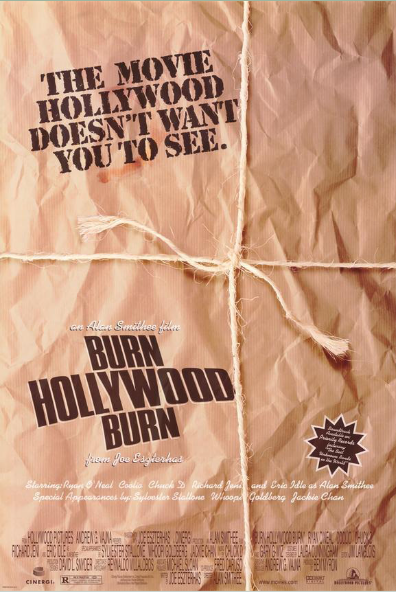
Starting his career in 1969 with his debut film, “Death of a Gunfighter”, Alan Smithee has had a large catalog spanning multiple decades. However, this time period in cinema came with its challenges. Many movies were plagued with executive meddling and terrible acting, and Alan Smithee’s movies were no different. His movies were infamous for being trashy, B-grade, car crashes of films throughout his whole career, with Alan’s worst movie generally considered to be “Burn Hollywood Burn” with a score of 8% on rotten tomatoes, but of course, he doesn’t actually exist. Alan Smithee is a name directors used to use when they didn’t want to be credited for a film, whether it was because their vision for the movie was inhibited, or it was just plain bad.
Alan Smithee was actually the only alias the official Director’s Guild allowed directors to use, but after the use of Alan Smithee in credits eventually ran into copyright issues, the pseudonym was retired in 2000. However, directors today still use fake names like it to cover up their involvement in films, such as David O. Russel, who used the name Stephen Green to cover up his involvement in “Accidental Love”.
Carolyn Keene, Franklin Dixon, and many more
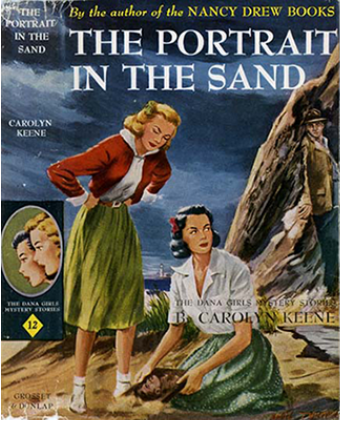
Carolyn Keene and Franklin are two of the biggest authors for publisher Stratemeyer Syndicate that’s mostly known for their many long running fictional book series, especially “Nancy Drew” and “Hardy Boys”. The writing syndicate was formed when author Edward Stratemeyer realized he had started too many book series at once, and couldn’t reasonably produce consistent entries for each. He created his business with the idea that he could continue his series and many more by creating basic plot outlines for the books, but hiring numerous ghost writers at cheap costs to write the books, with a contract that they could never reveal they wrote the books. Stratemeyer Syndicate would then give each series a fake author, like Carolyn Keene or Franklin Dixon, to make consumers think their favorite series had a consistent author. Throughout the syndicate’s nearly century-long run, they published over 1,200 books and had over 100 pseudonym authors. Even Edward Stratemeyer himself published books he wrote under fake names.

